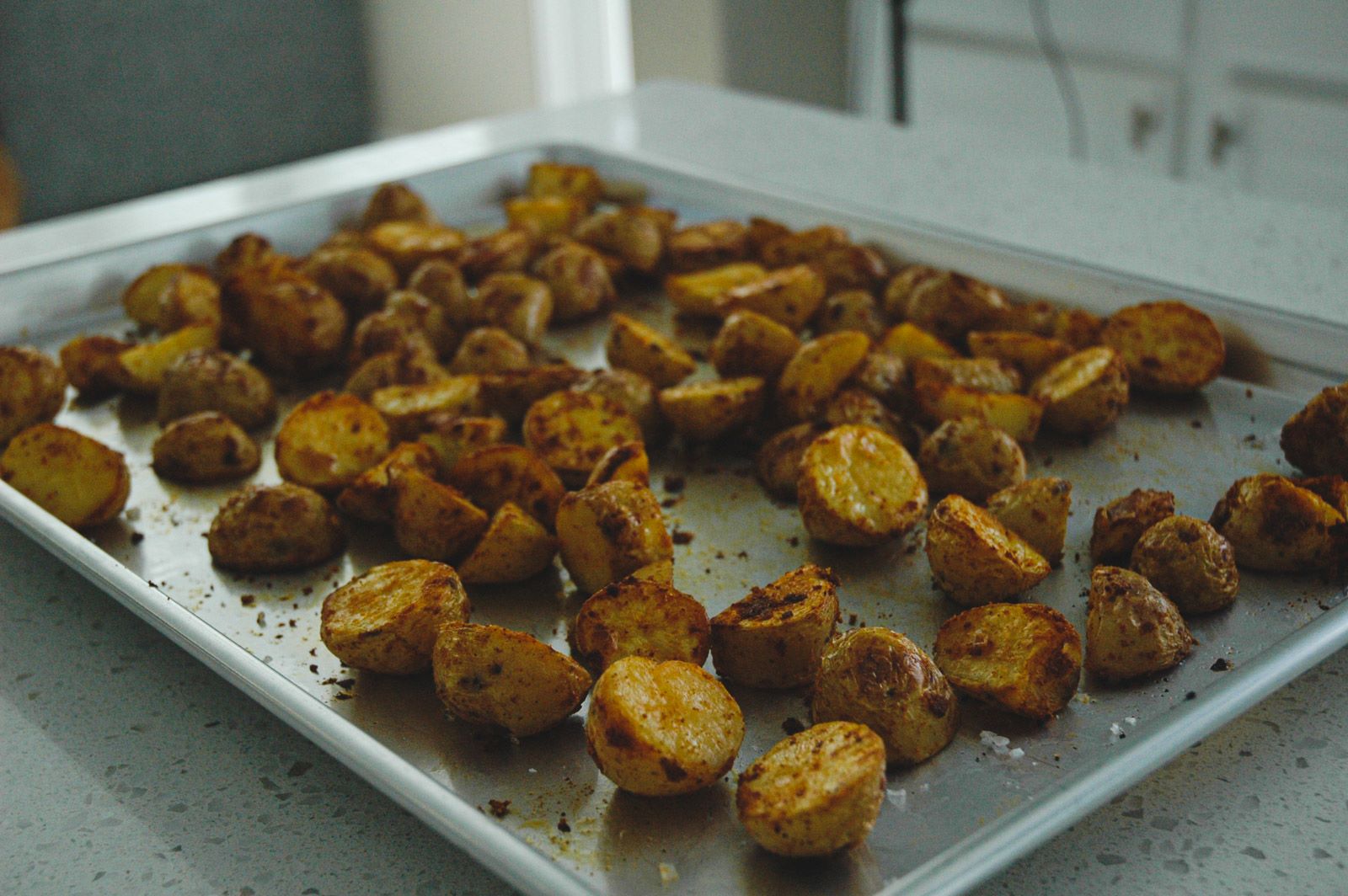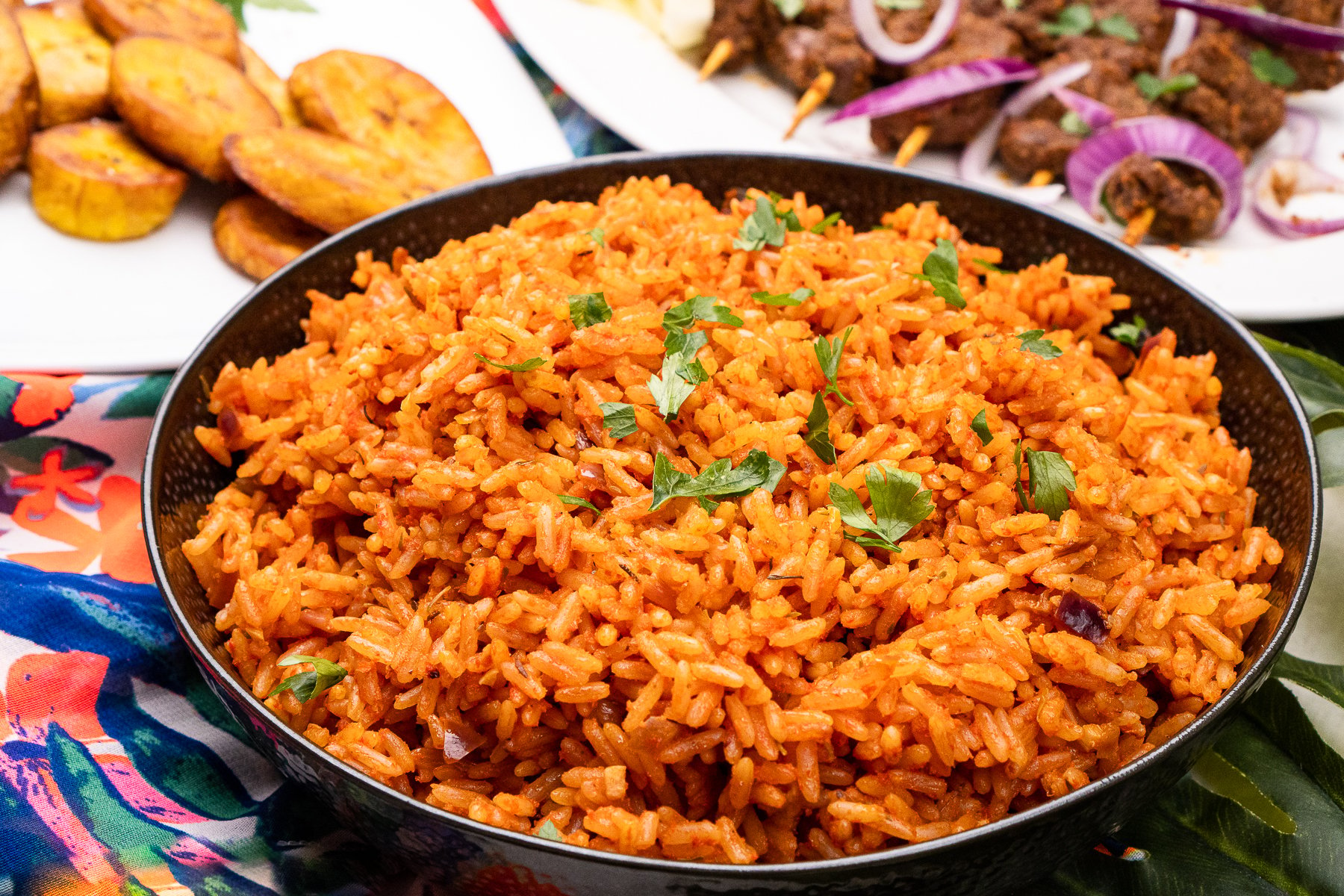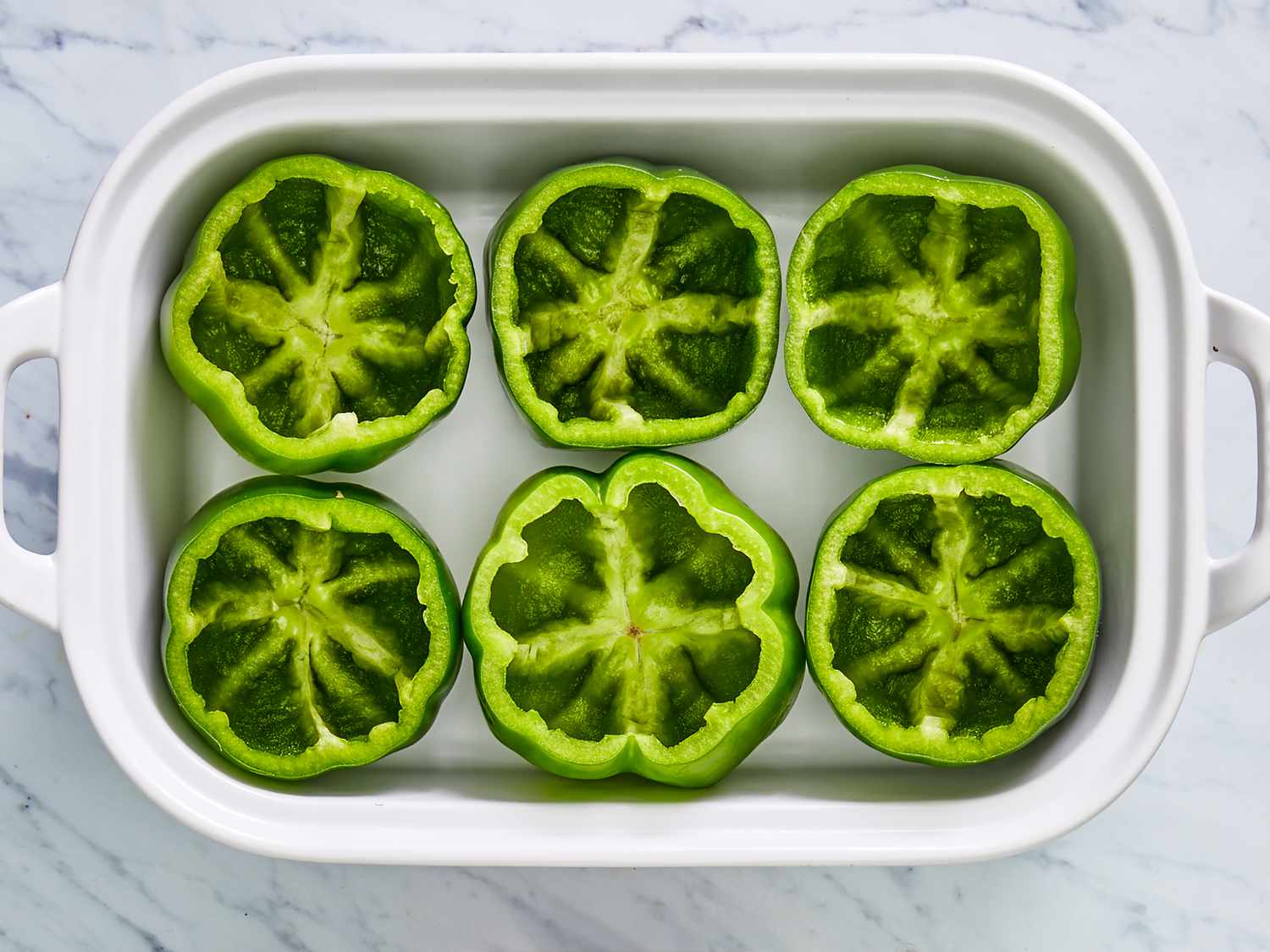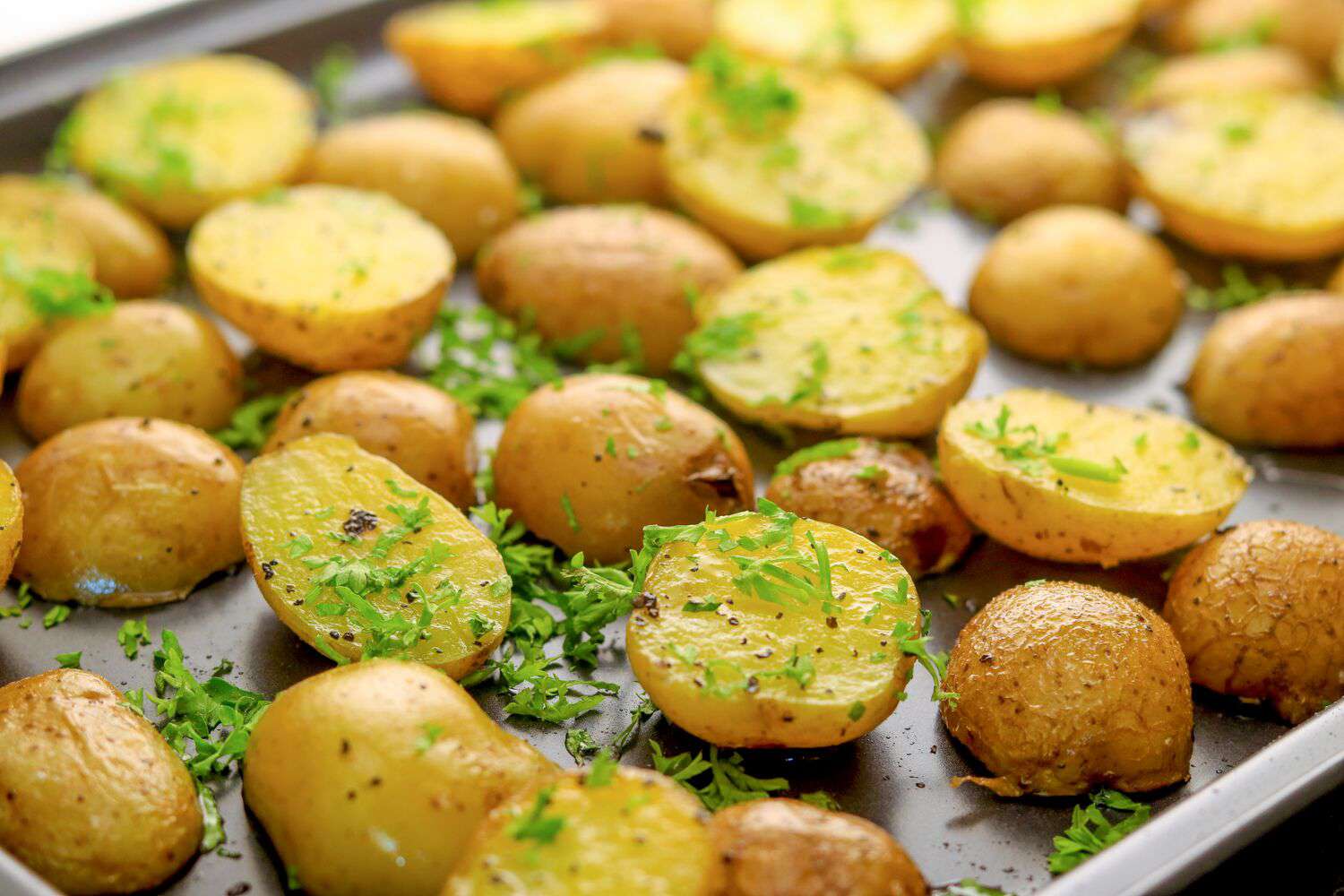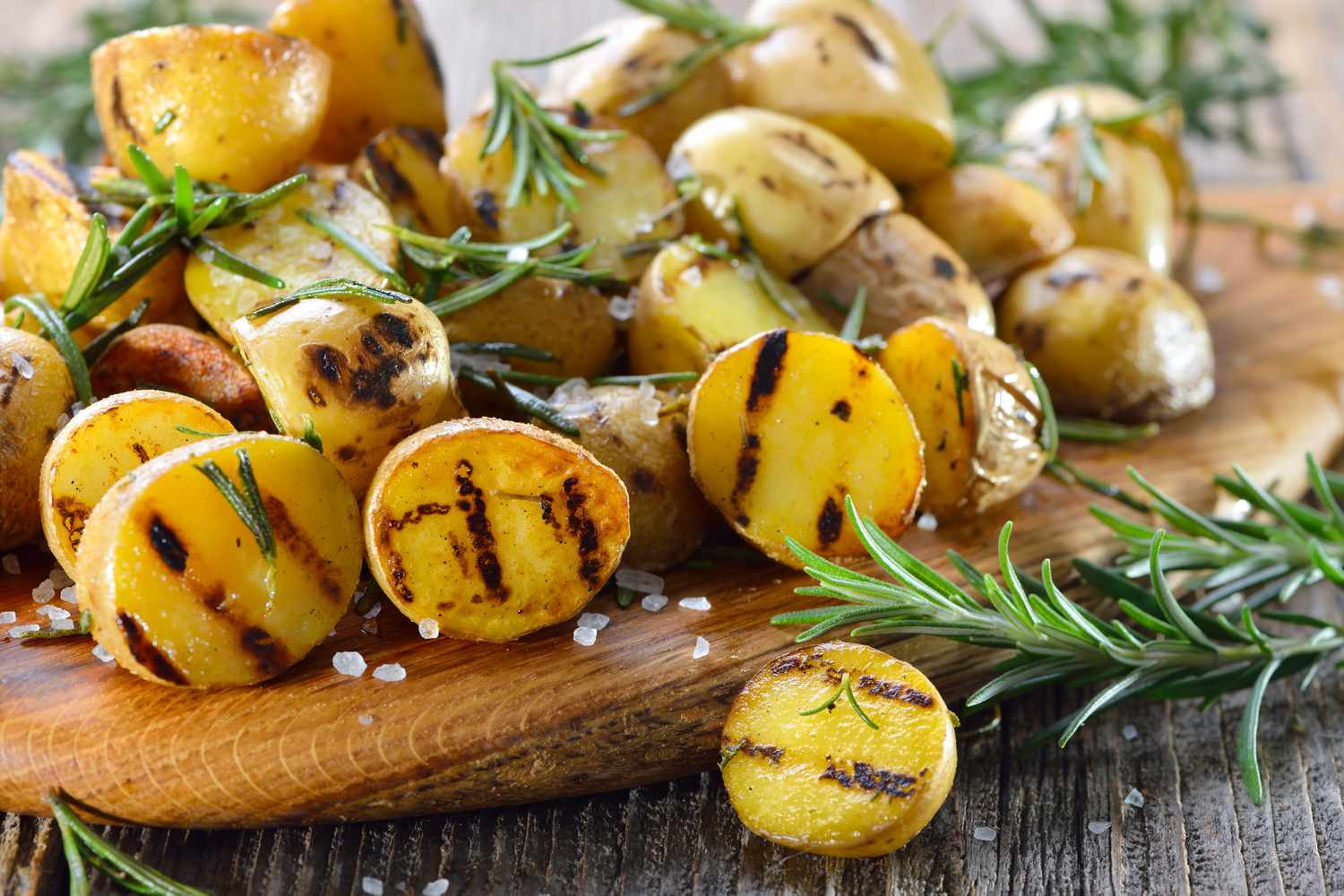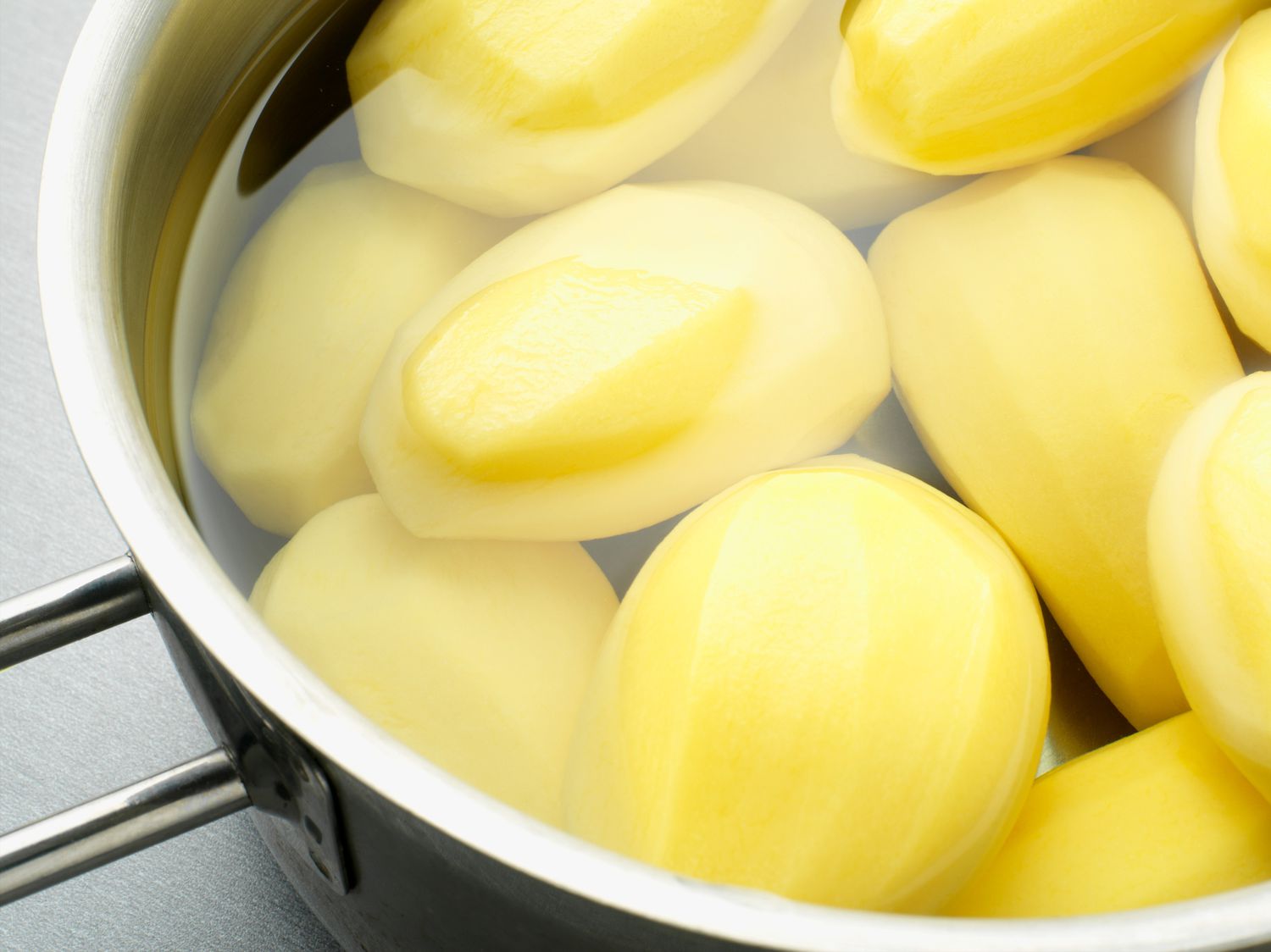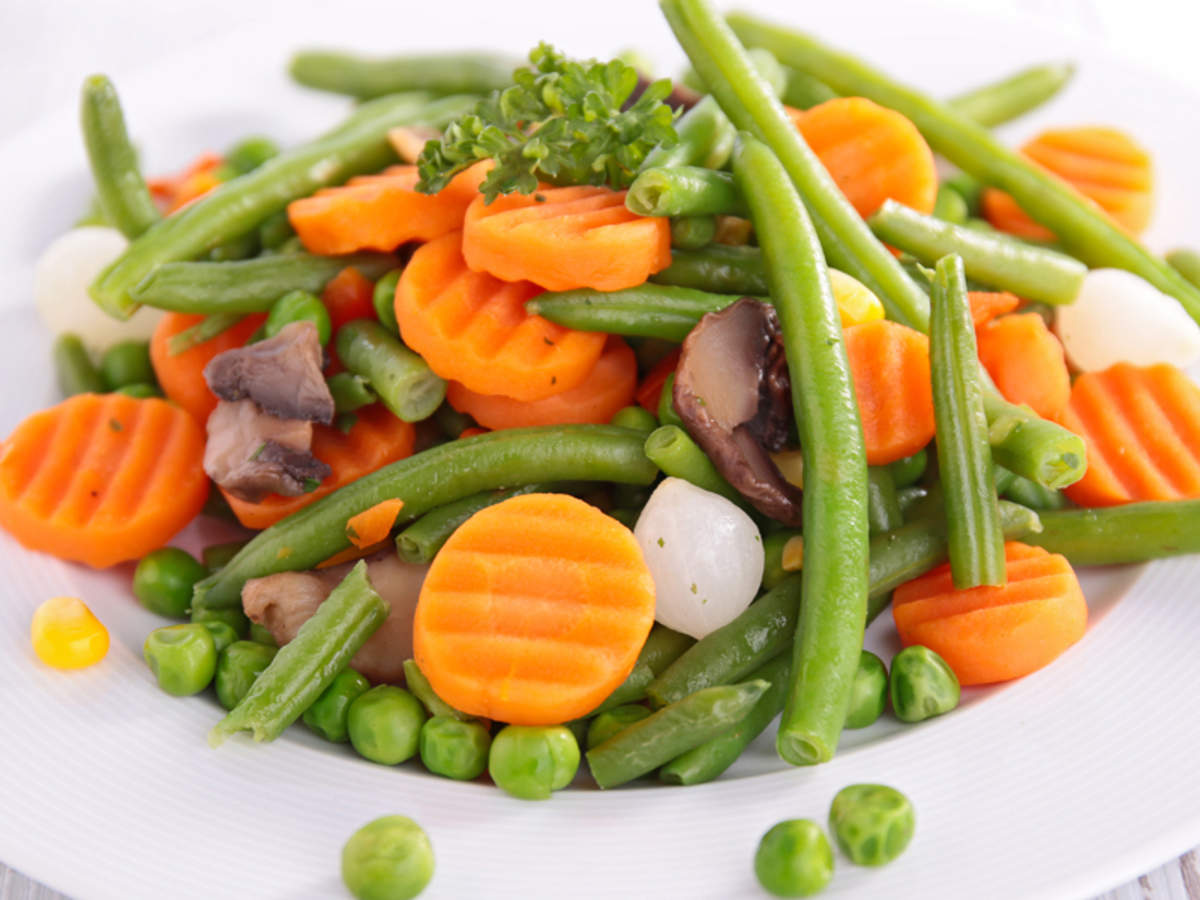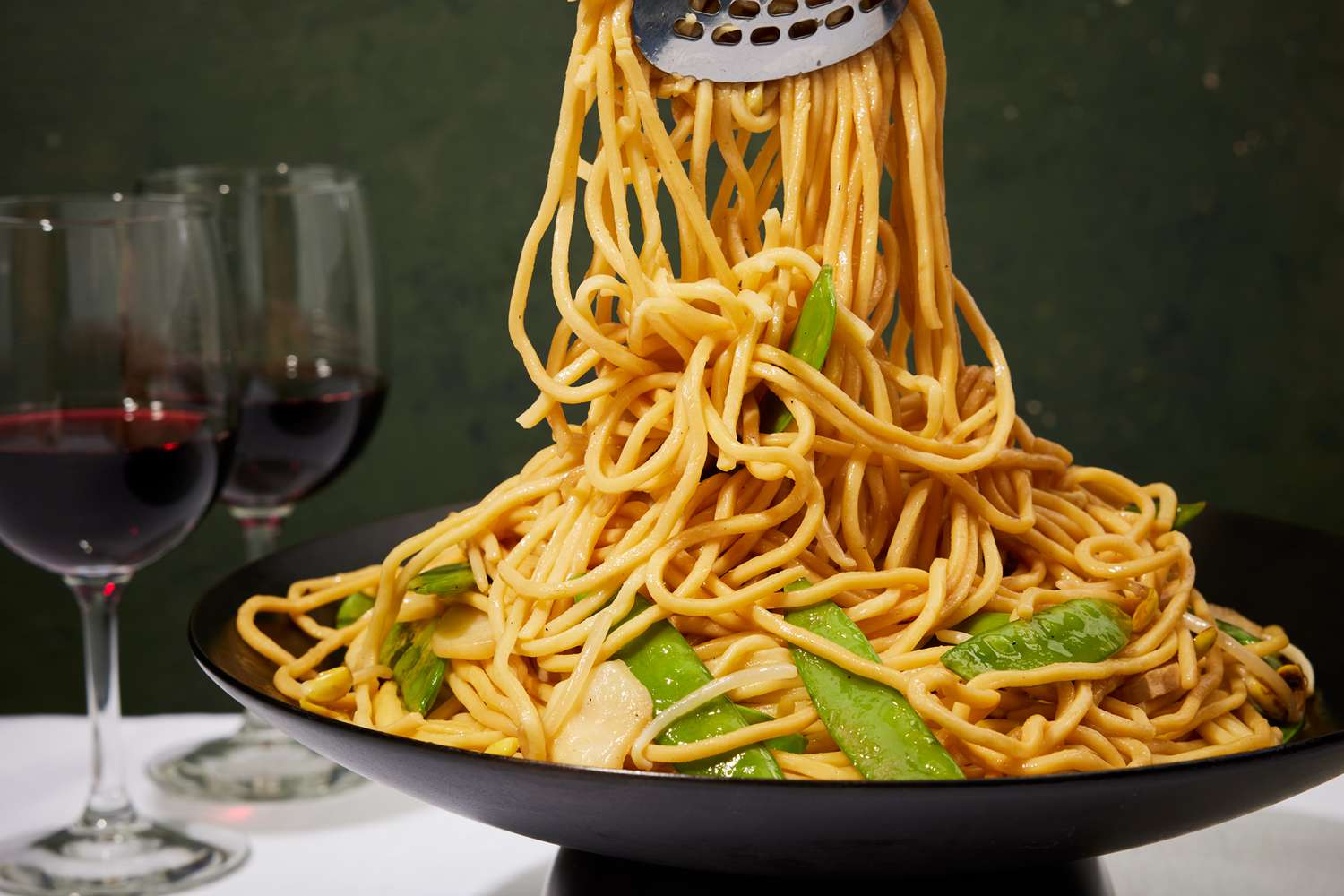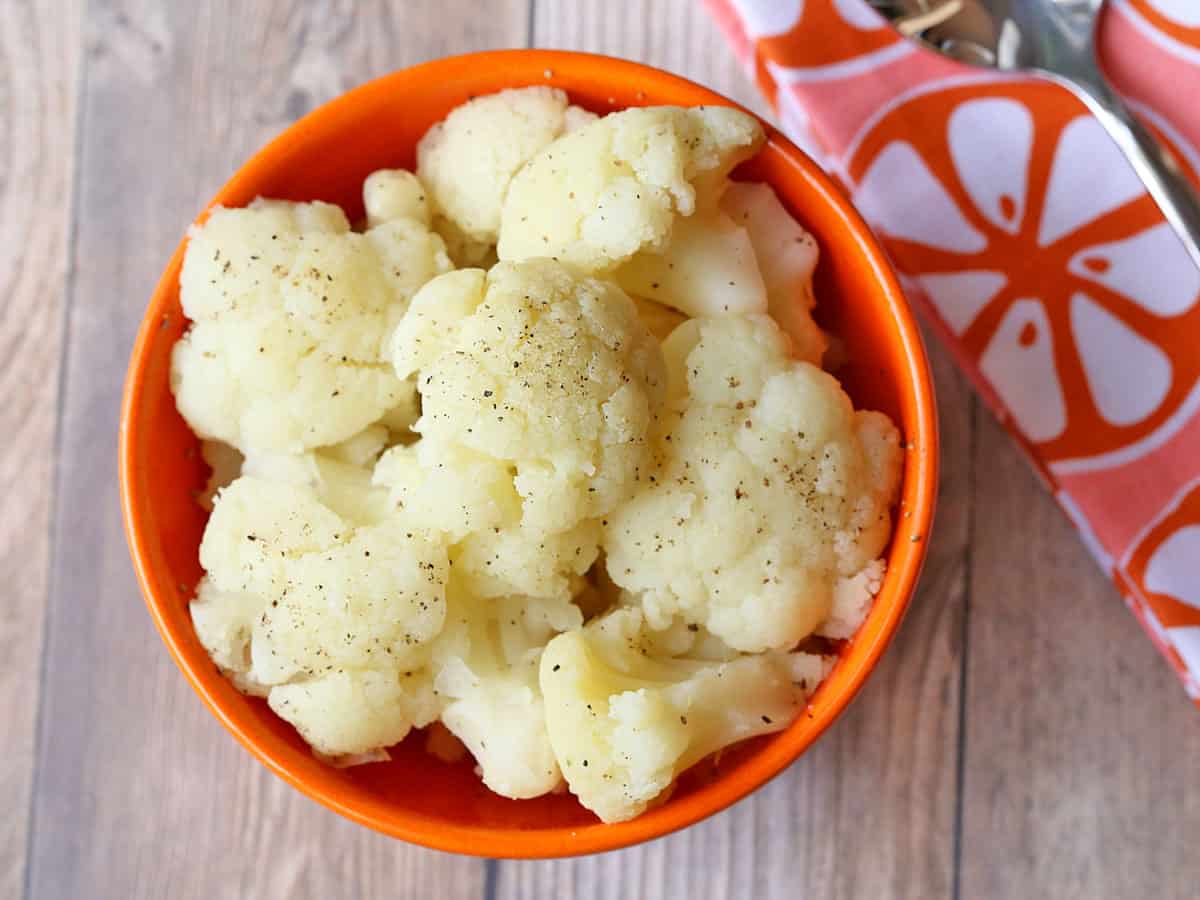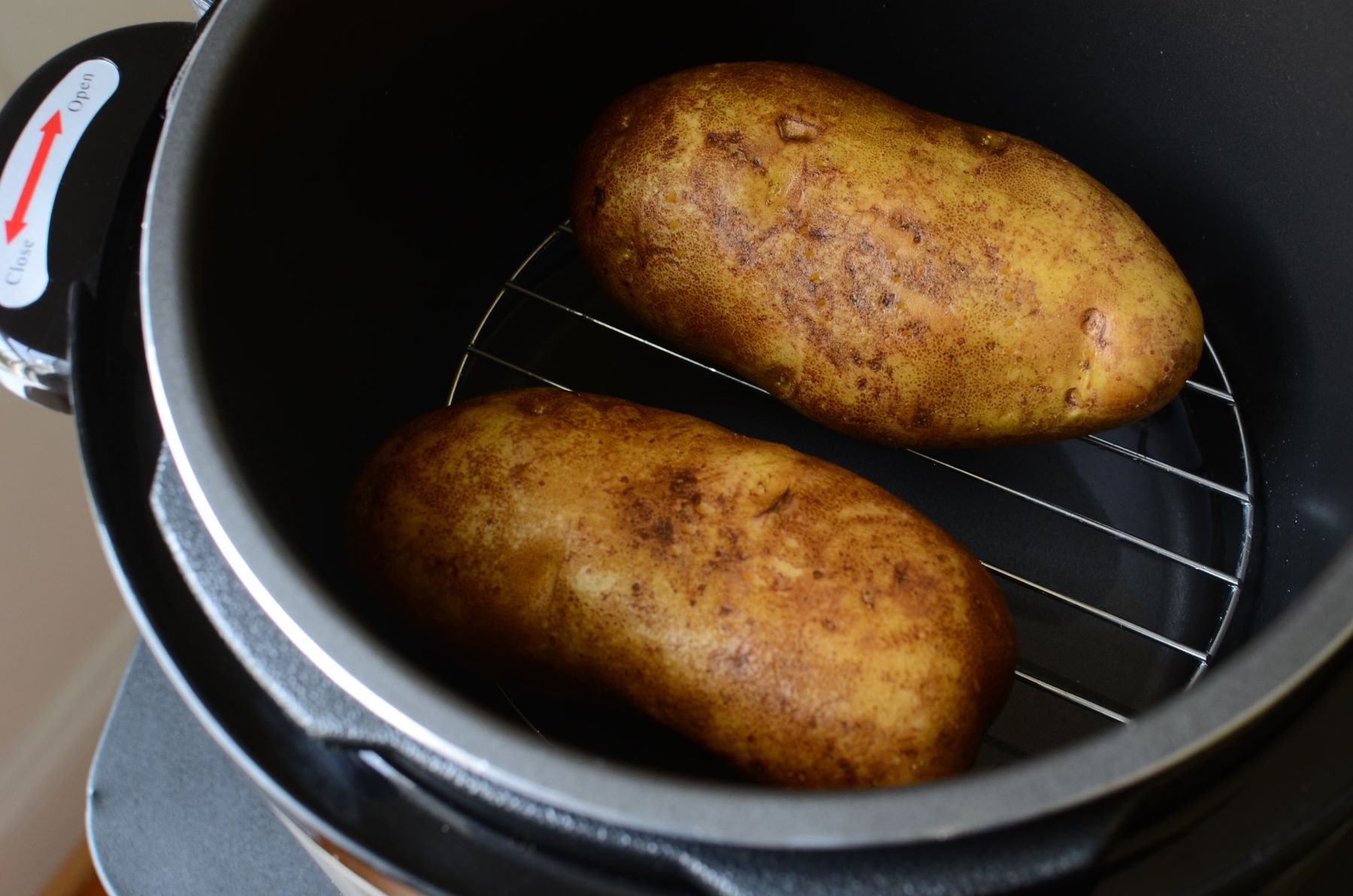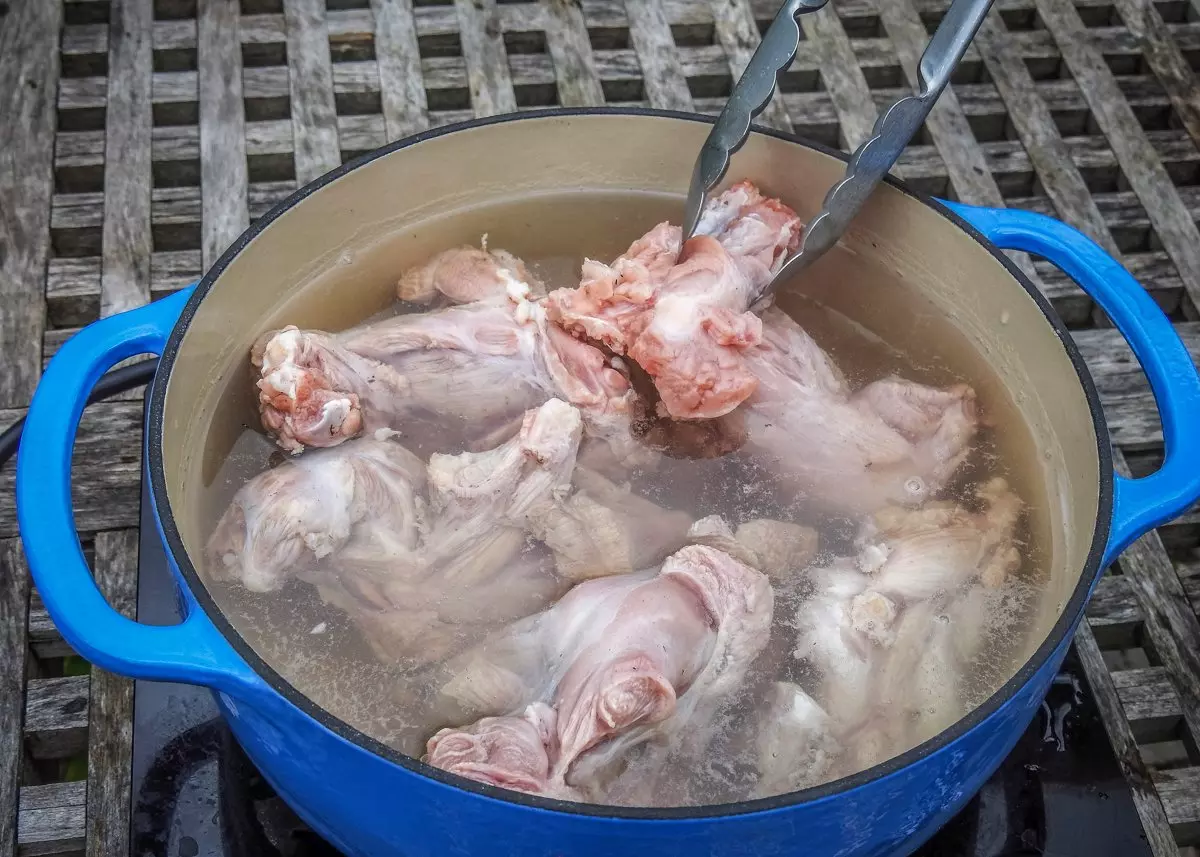Parboiling Vegetables in the Microwave: A Quick and Easy Guide
When it comes to cooking vegetables, parboiling is a great way to partially cook them before incorporating them into your favorite dishes. This method helps to soften the vegetables while retaining their nutrients and vibrant colors. While parboiling is traditionally done on the stovetop, did you know that you can also achieve the same results using a microwave? In this guide, we’ll walk you through the simple steps of parboiling vegetables in the microwave.
Why Parboil Vegetables?
Parboiling vegetables is a useful technique for several reasons:
- Preserving Nutrients: Parboiling helps to retain the nutrients present in the vegetables, making them a healthier option.
- Prepping for Recipes: Parboiling partially cooks the vegetables, making them easier to incorporate into various recipes.
- Enhancing Color and Texture: It helps to enhance the color and texture of the vegetables, making them visually appealing and enjoyable to eat.
Steps to Parboil Vegetables in the Microwave
Now, let’s dive into the simple steps to parboil vegetables using a microwave:
- Prepare the Vegetables: Start by washing the vegetables thoroughly to remove any dirt or impurities. Then, chop them into uniform pieces to ensure even cooking.
- Place in a Microwave-Safe Dish: Transfer the chopped vegetables to a microwave-safe dish. Make sure to spread them out in a single layer to allow for even cooking.
- Add Water: Pour enough water into the dish to cover the bottom. This will create steam to parboil the vegetables.
- Cover the Dish: Use a microwave-safe cover or microwave-safe plastic wrap to cover the dish. This will help to trap the steam and cook the vegetables evenly.
- Microwave on High: Place the dish in the microwave and set the cooking time. As a general guideline, microwave the vegetables on high for 3-5 minutes, depending on the type and quantity of vegetables.
- Check for Doneness: Carefully remove the dish from the microwave and uncover it to check the doneness of the vegetables. They should be partially cooked and slightly tender.
- Drain and Rinse: Once the vegetables reach the desired level of doneness, carefully drain the excess water and rinse the vegetables with cold water to stop the cooking process.
Benefits of Using the Microwave for Parboiling
Parboiling vegetables in the microwave offers several advantages:
- Time-Saving: Using the microwave is a quick way to parboil vegetables, making it a time-saving cooking method.
- Energy-Efficient: Microwaves use less energy compared to stovetops, making them an eco-friendly option for cooking.
- Convenience: The microwave allows for easy and convenient parboiling, especially when you’re short on time.
Using Parboiled Vegetables in Recipes
Now that you’ve successfully parboiled your vegetables in the microwave, you can use them in various recipes. Whether you’re making stir-fries, soups, or salads, parboiled vegetables add a delightful texture and flavor to your dishes.
Remember, parboiling in the microwave is a versatile technique that can be used with a wide range of vegetables, including broccoli, carrots, cauliflower, and green beans. Experiment with different vegetables to discover your favorite combinations and flavors.
Conclusion
Parboiling vegetables in the microwave is a convenient and efficient way to partially cook them, preserving their nutrients and enhancing their texture. By following the simple steps outlined in this guide, you can easily incorporate parboiled vegetables into your favorite recipes, adding a burst of freshness and color to your meals. So, the next time you’re prepping vegetables for a dish, consider using the microwave for quick and hassle-free parboiling!
Was this page helpful?
Read Next: How To Parboil Bone In Chicken Thighs
